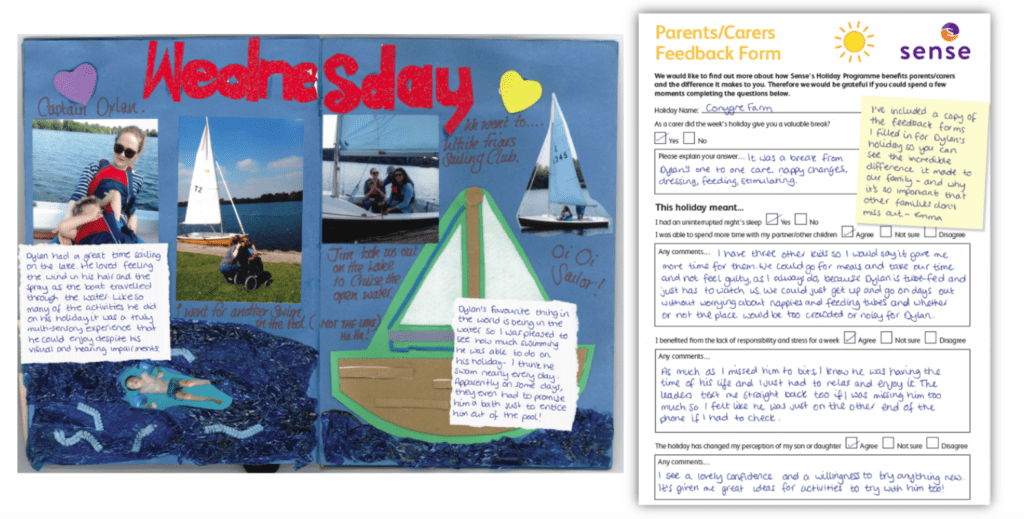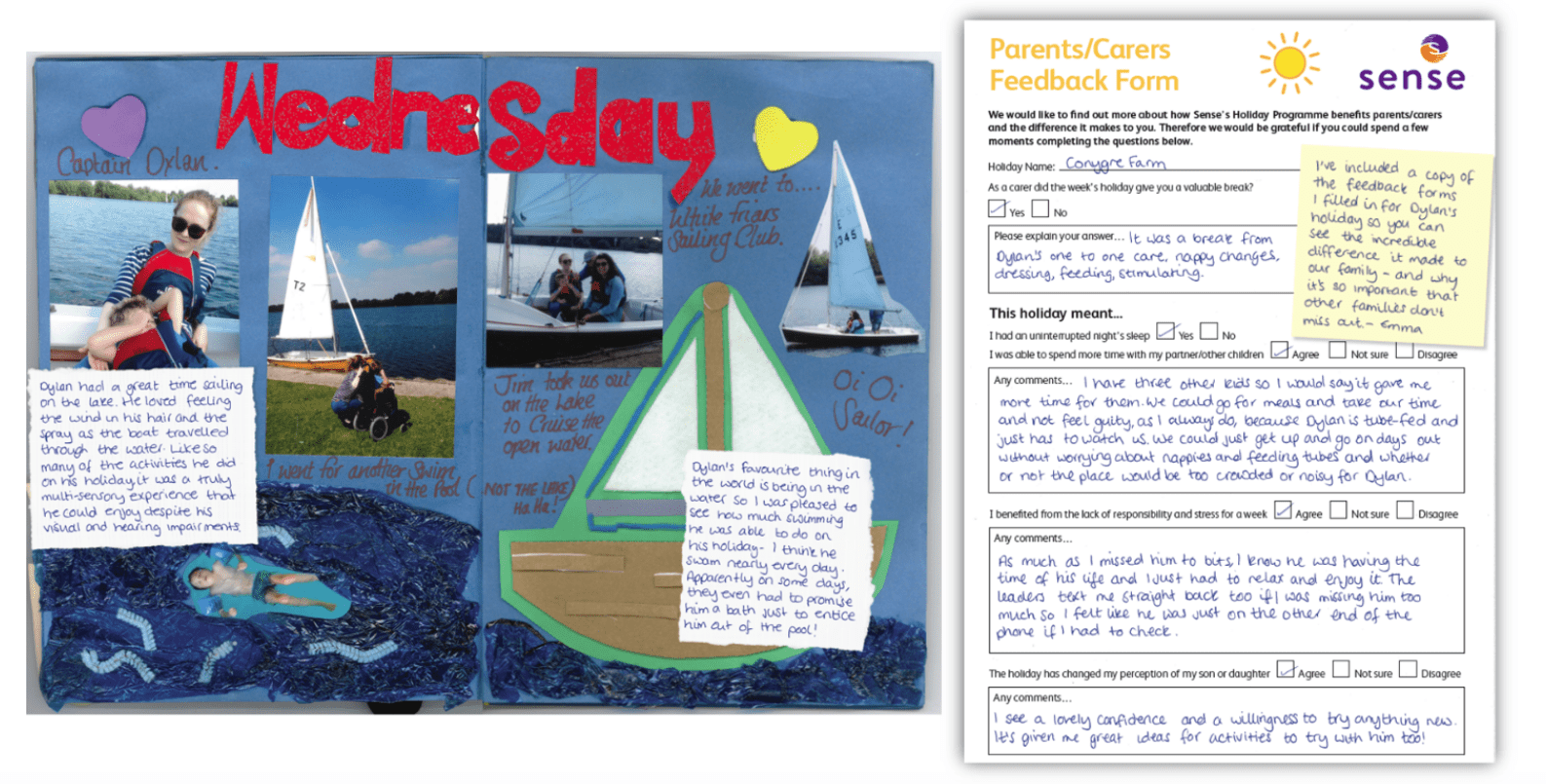The new authenticity: Just adding handwriting to an appeal doesn't equate to reality
Creating and maintaining an authentic relationship is a key part of the Bluefrog approach to fundraising. James Waring, our Head of Engagement, explains why.
In the 10 years that I’ve worked in Fundraising one thing has always been true – Donors value authentic content. You'll often find that if your DRTV campaign is made using amateur footage rather than an expensive looking ad, it will perform better. Social media posts that feature photos people might recognise from their own lives raise more money, a call where an actual student from your university asks you to give beats a professional fundraiser's pitch, and in the world of direct mail you'll find that handwriting, closed faced outer envelopes, a sprinkling of Post It notes and glossy printed photos win tests again and again.
It's backed up by research. In a world where the concept of Fake News has left people wondering what they can believe, People everywhere value honesty and integrity above more lauded traits such as innovation or a professional visual identity when making choices about how to spend their money. I’d also argue it’s the same with fundraising.
But, authenticity is just one element of trust and right now a significant number of people have a problem with charities.
Gaining trust is becoming harder. Sit in on a focus group and you’ll hear donors justifying why they don't give – 'the ads just feature actors', 'the CEO is paid too much', 'they should have more volunteers', some even hark back to Live Aid and claim that money they gave then 'didn't get through'. That’s before you even touch on the fallout from the safeguarding scandal or the ongoing gripes about street fundraising.
It all shows that trust is a commodity in short supply. And that has some significant implications for charities.
A child sponsor shared his concern that his real letter, from a real child, in real Ecuador wasn't authentic. 'Everyone could have got a copy'.
It’s real feedback, but the donor still questioned it.
This is at the same time that in the commercial world our donors are exposed to credible, easily accessed proof of authenticity all the time. In many ways, companies have taken the authentic baton and run with it in a way that few charities have been able to replicate.
Butchers, greengrocers and restaurants are starting to feature pictures of their suppliers as prominently as their prices. Companies like Known Supply give you the opportunity to see who made the clothes they sell and where they work. Why respond to a charity mailing, when I can tackle poverty by using that money to buy a bag made by a woman in Uganda and see her profile online?
It's even part of TV programming. Take Planet Earth. The BBC aren’t content to just show you nature in all it’s immense, moving glory. They spend 10 minutes at the end of each episode proving they actually did it. Look we’re in the artic, it’s freezing cold, the penguins nearly died but Pete the cameraman missed his kids and couldn’t watch them perish so dug them out – Authentic or what!
When cultural powerhouses like the BBC feel the need to prove who and what they really are, charities should take note.
So, what does this mean? Donors are suggesting that independent experts (ideally someone they know and trust) should audit charities to see whether their claims are true! This was heralded as a great idea but on the proviso that the experts only recommended each charity once, as otherwise they might be on the payroll and how can you trust someone who works for a charity to honestly portray that charity in a fair light? You can see the challenge!
For some organisations, it seems it’s a challenge they aren’t always willing to meet. UNICEF promoting postcards from Paddington Bear is about as inauthentic as you can be and I personally don’t think this even is fundraising. But it may be where the market is going. Perhaps charity marketing has become so distanced from real authenticity, so many promises unkept and so many ‘fundraising products’ tested, that we’re left with gimmicks and cartoon characters as the only innovation left.
At Bluefrog we don’t want to fundraise in that world, and, we think we won’t have to, as one of our most successful appeals uses authenticity and a non-payroll voice to great affect every year:

That is a scrap book from Dylan on the Holiday that he was taken on by Sense and it forms the basis of our successful Sense Holiday Appeal. It’s a fantastic engagement device, but what really makes the appeal a success is the accompanying impact form from Dylan’s mother. Showing how much the Holiday meant for Dylan and the impact a donor has.
All of this is used to ask for more money to send Children on Holiday again next year. It’s not feedback, it’s not an appeal about a child who can’t go, it’s honest, genuine information from a beneficiary about what the charity does – That’s all. It’s included with a letter and a donation form and it does brilliantly, every year. We change the child, but not the approach.
Show the work. Make it the offer. Do it again.
That’s authentic fundraising and done right it will beat any commercial enterprise, restore trust in your organisation and over time it will lead to huge legacy income, as charities that are trusted and understood will win big time as legacies matter more and more.
What’s your most authentic offer and how can you prove it?
Tags In
The Essentials

Crack the Code to Regular Giving: Insights, Strategies, and a Special Giveaway!

‘Tis Halloween. Keep to the light and beware the Four Fundraisers of the Apocalypse!

Why do people give? The Donor Participation Project with Louis Diez.

A guide to fundraising on the back of a postcard

What does the latest research tell us about the state of fundraising?






